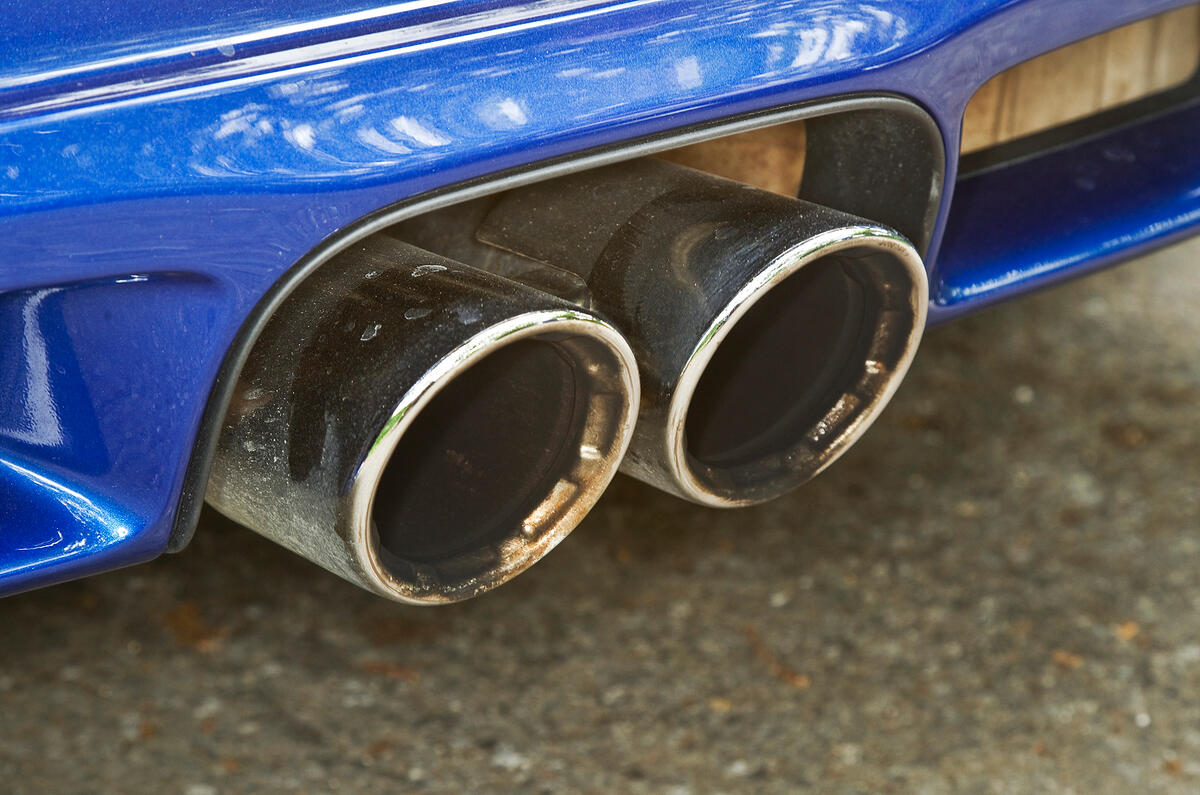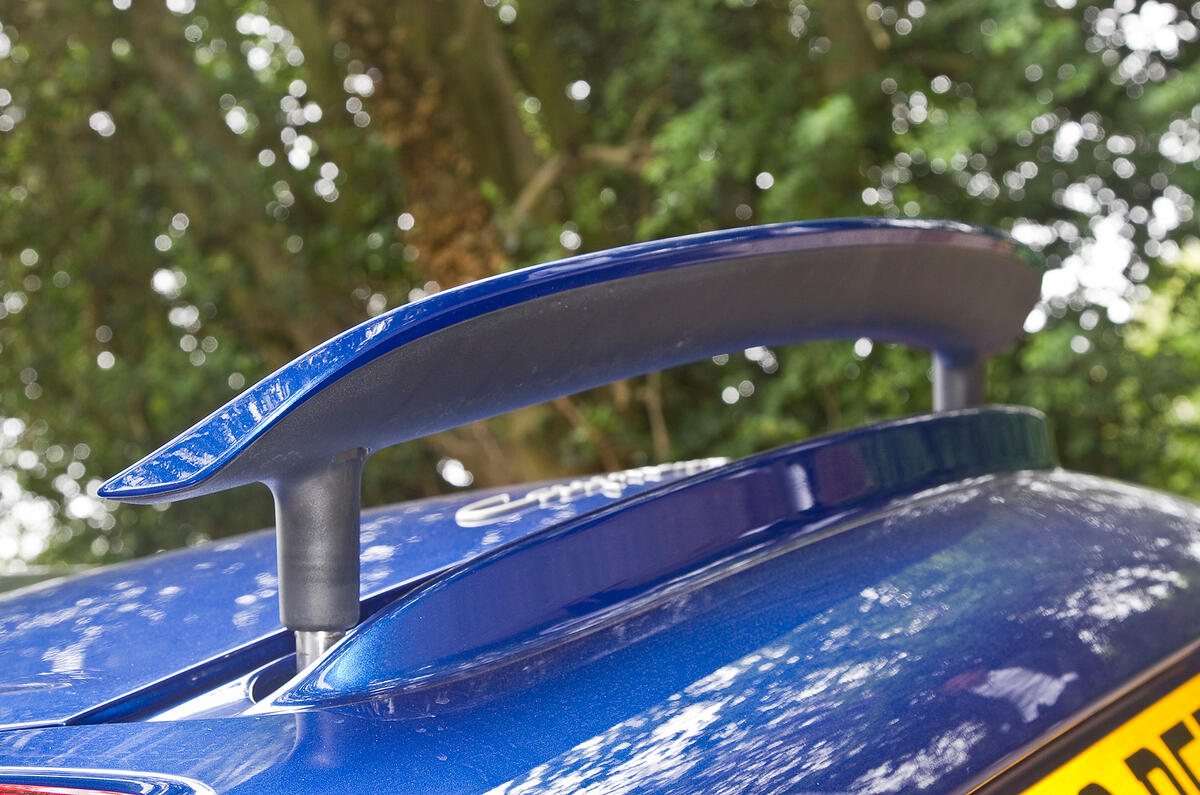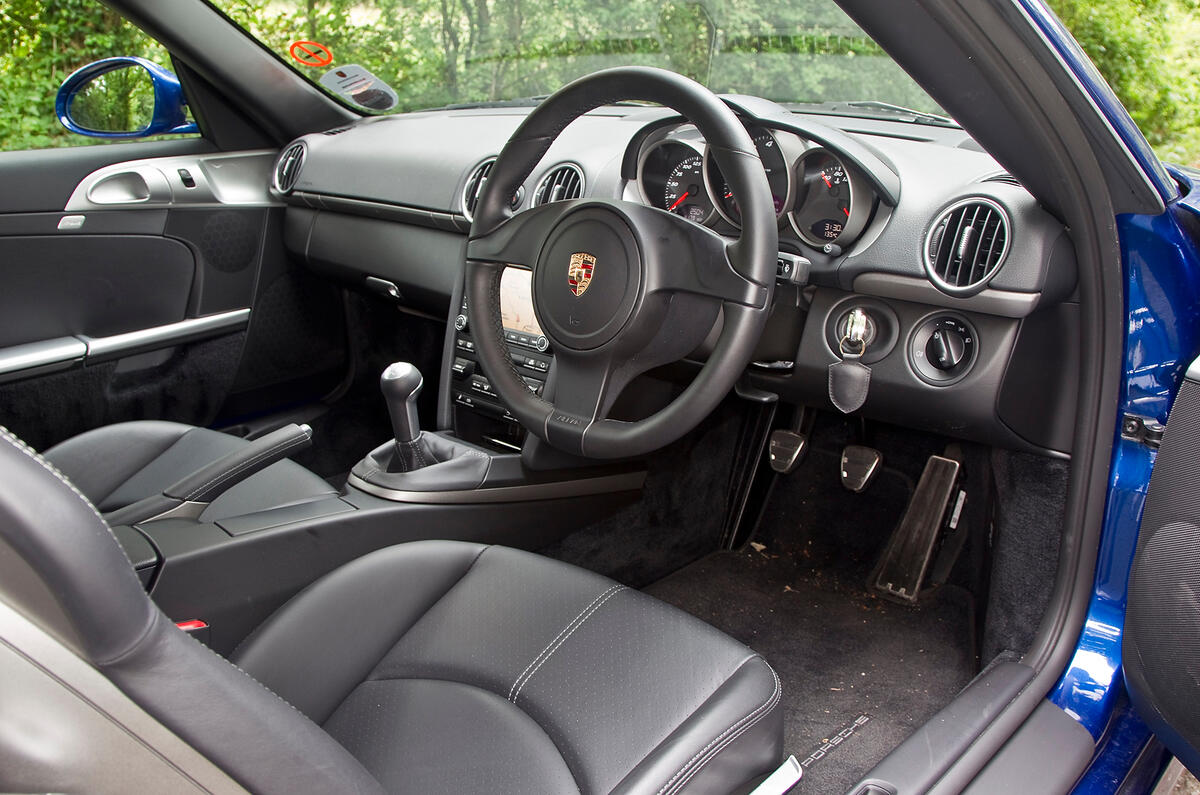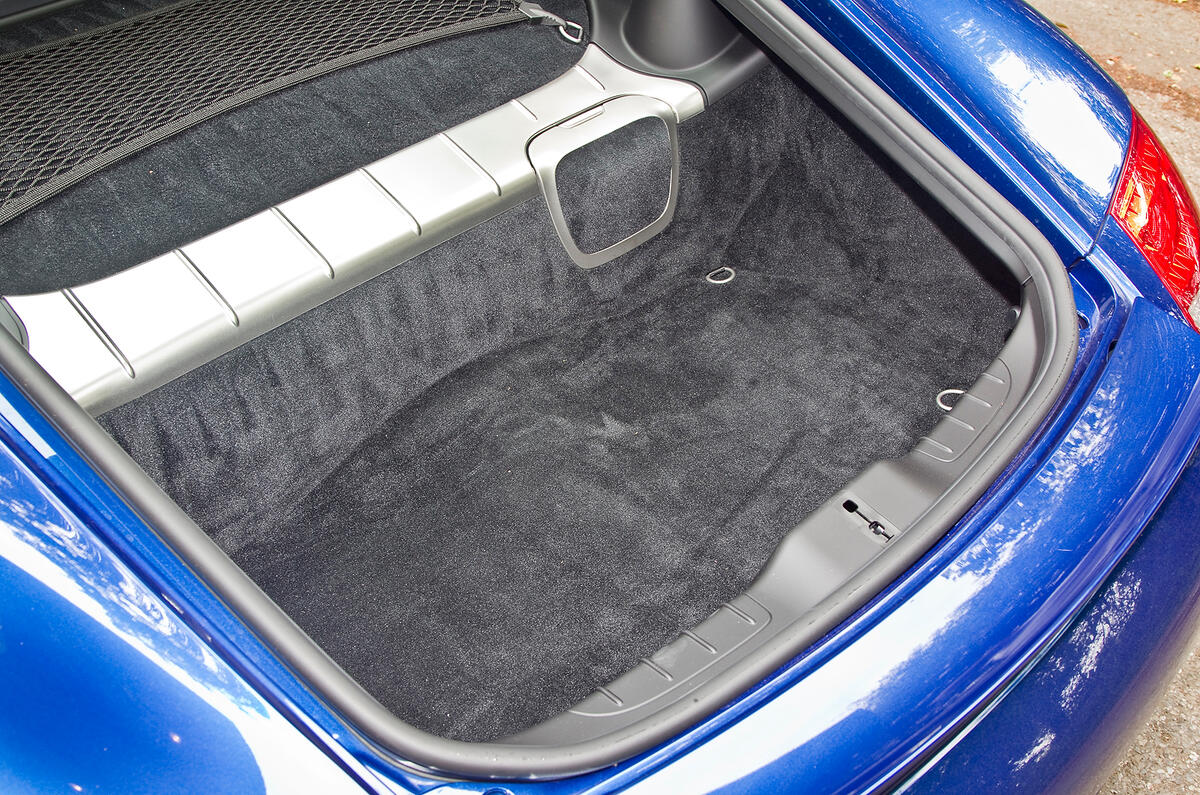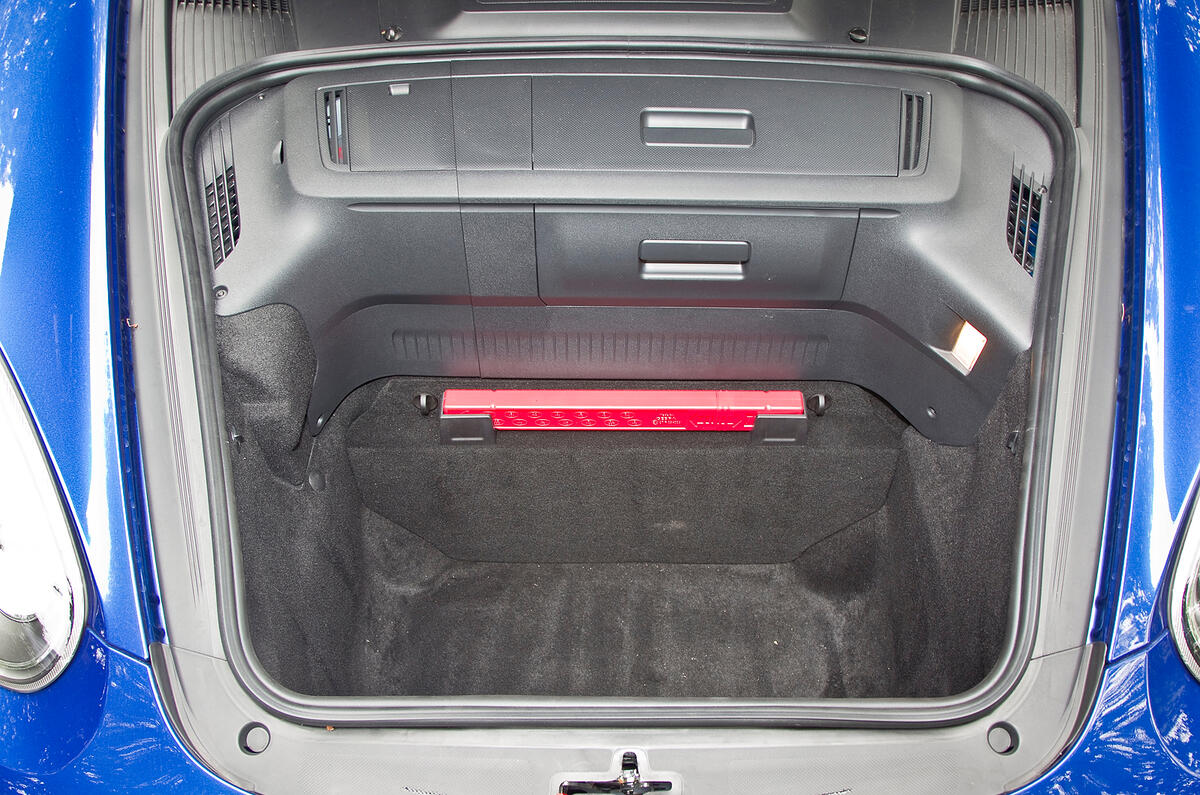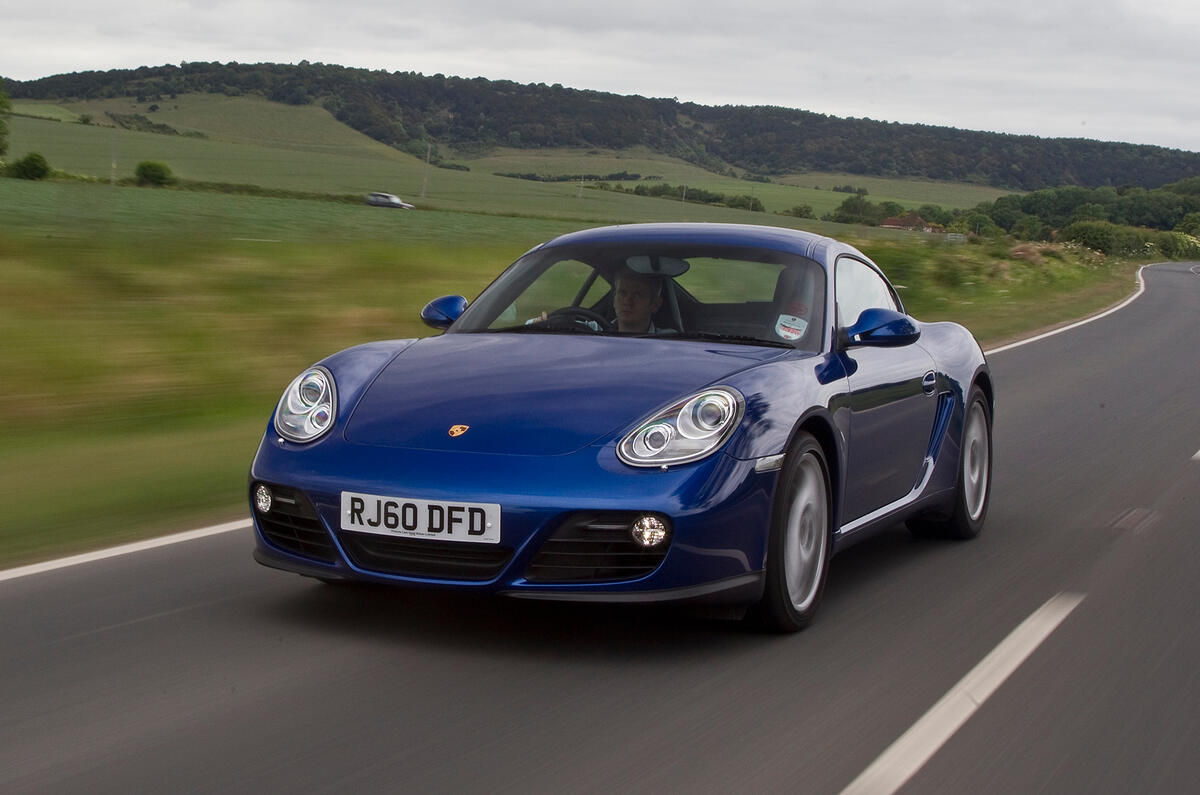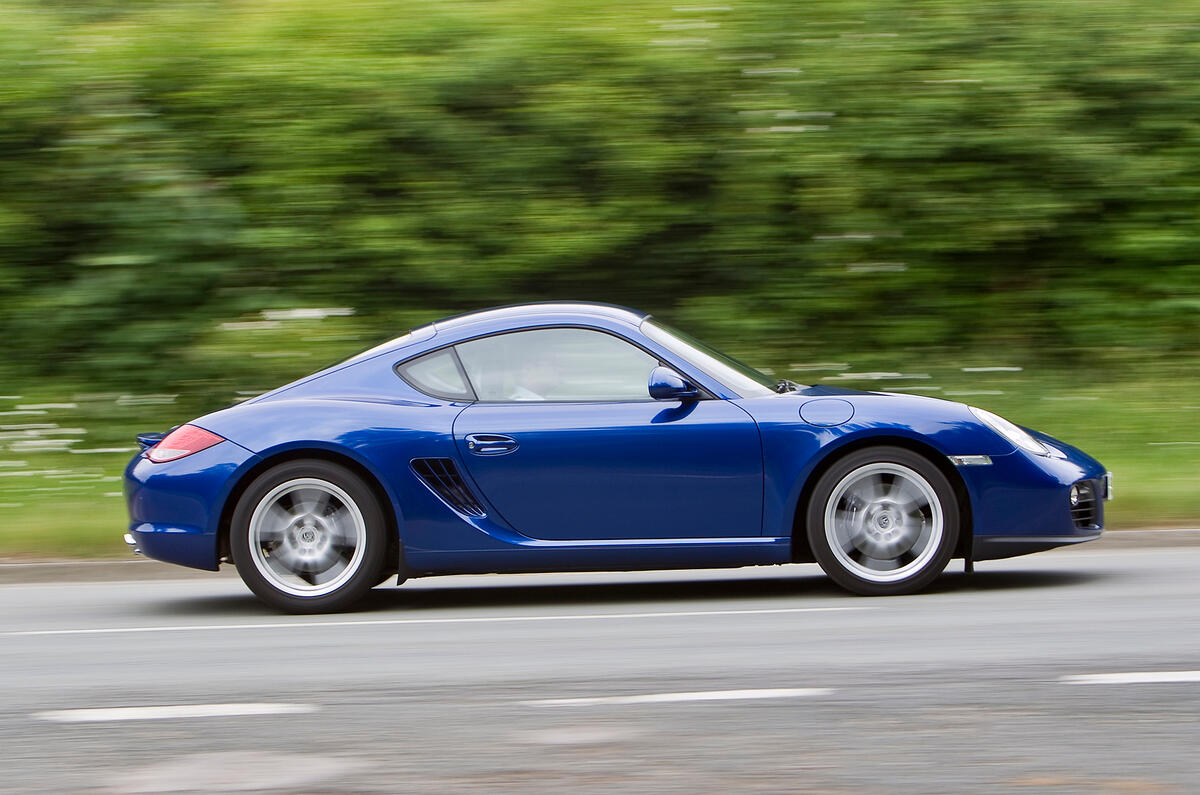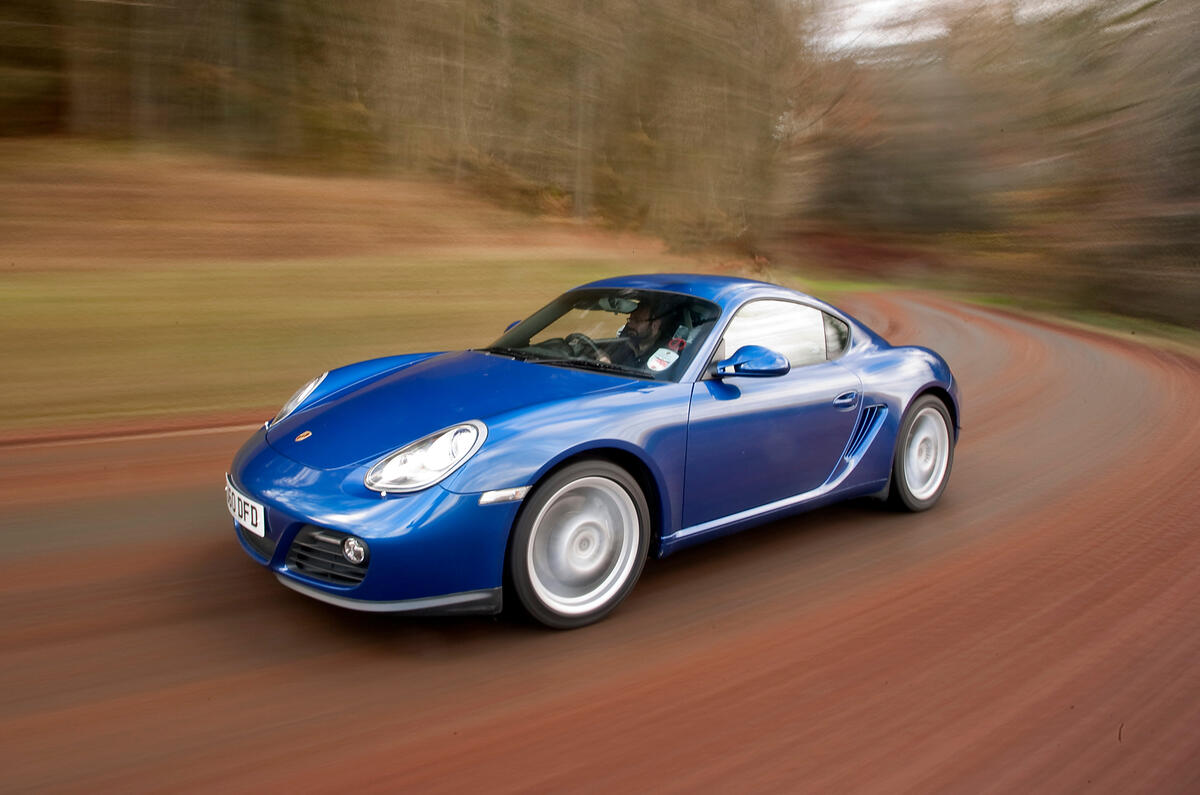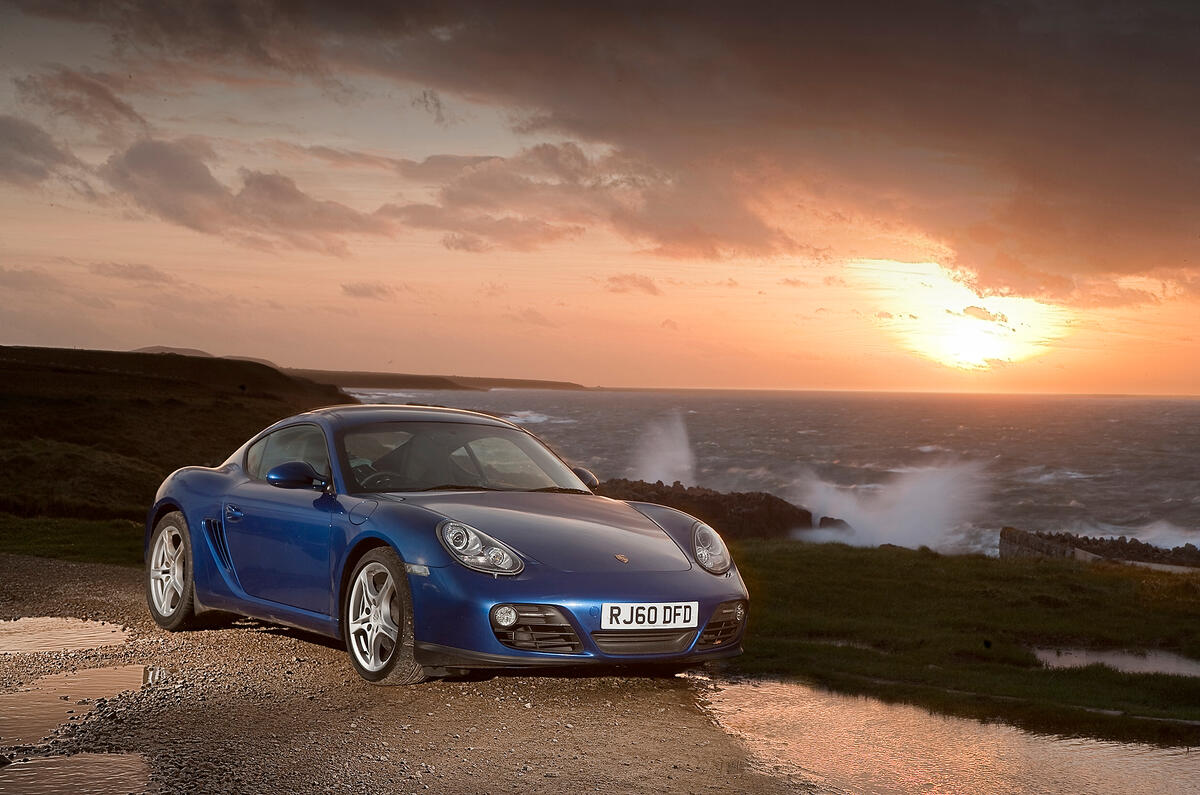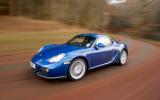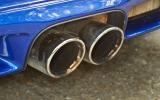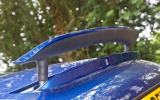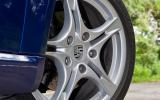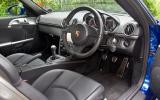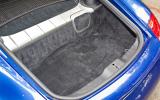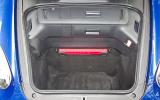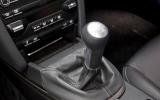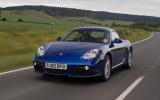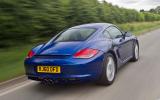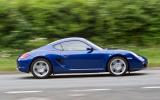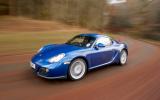The Porsche 718 Cayman is offered with an engine linked to both the 911’s and Boxster’s. It is the usual flat six with, in the case of the Cayman S that is the most popular version, power between that of a Boxster S and an entry-level 911.
A six-speed manual gearbox is standard, with the PDK dual-clutch automatic system available as an option.
BMW M3 drivers will have little to fear from a hastily driven Cayman, judging by the figures achieved by our original Cayman S test car. Despite a not-too-corpulent 1340kg kerb weight and excellent traction, it launches from rest to 60mph in 5.1sec (0.3sec behind the M3), posting a respectable 2.0sec 0-30mph time on the way.
It just doesn’t have the power to cut below the magic 5.0sec marker that separates the brisk from the genuinely fast. But the Cayman is a car whose performance is rendered undramatic by superior chassis engineering.
The 12.0sec sprint to 100mph, though quick by any standards, never feels especially physical; nor does its ability to shrink the crucial 30-70mph margin into a 4.4sec surge. At the Bruntingthorpe proving ground in Leicestershire, the Cayman managed a 155mph top-speed run with more to come, so the claimed 171mph maximum is entirely believable.
The standard Cayman clocks an official 5.8sec 0-62mph time, with the PDK version shaving off another tenth. It doesn't feel hugely rapid and certainly doesn't sound like it. Like the S, the Cayman is more about handling than outright pace.
High-speed stability is superb and noticeably better than the Porsche 911’s. On the road the Cayman’s powertrain borders on perfection. It offers just about everything you’d expect: speed, response, flexibility and, most important, character.
The induction noise has been tuned to yelp a touch earlier in the rev range and there’s a hint of coarseness over the last 1500rpm that actually works in the car’s favour. It adds a rawness that, in conjunction with the intake noise, goads you into using all the available revs more often.
A fine gearshift action and six forward ratios well judged for British roads enhance that feeling even more.




